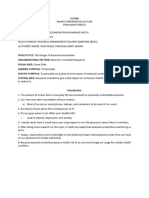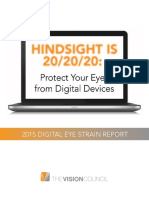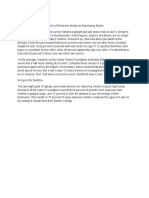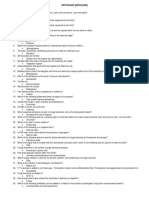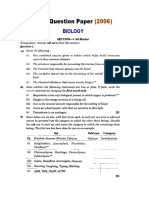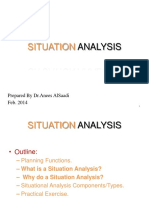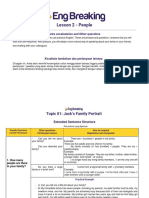0% found this document useful (0 votes)
12 views14 pagesCivics Final Report
The document discusses the impact of excessive screen time on mental well-being across different age groups, highlighting its effects on sleep quality, posture, and physical health. It emphasizes the role of blue light in disrupting melatonin production and causing digital eye strain, particularly among teenagers, young adults, and older adults. The conclusion stresses the importance of developing healthy screen habits to mitigate these negative effects.
Uploaded by
saifullahqazi92Copyright
© © All Rights Reserved
We take content rights seriously. If you suspect this is your content, claim it here.
Available Formats
Download as PDF, TXT or read online on Scribd
0% found this document useful (0 votes)
12 views14 pagesCivics Final Report
The document discusses the impact of excessive screen time on mental well-being across different age groups, highlighting its effects on sleep quality, posture, and physical health. It emphasizes the role of blue light in disrupting melatonin production and causing digital eye strain, particularly among teenagers, young adults, and older adults. The conclusion stresses the importance of developing healthy screen habits to mitigate these negative effects.
Uploaded by
saifullahqazi92Copyright
© © All Rights Reserved
We take content rights seriously. If you suspect this is your content, claim it here.
Available Formats
Download as PDF, TXT or read online on Scribd
/ 14







